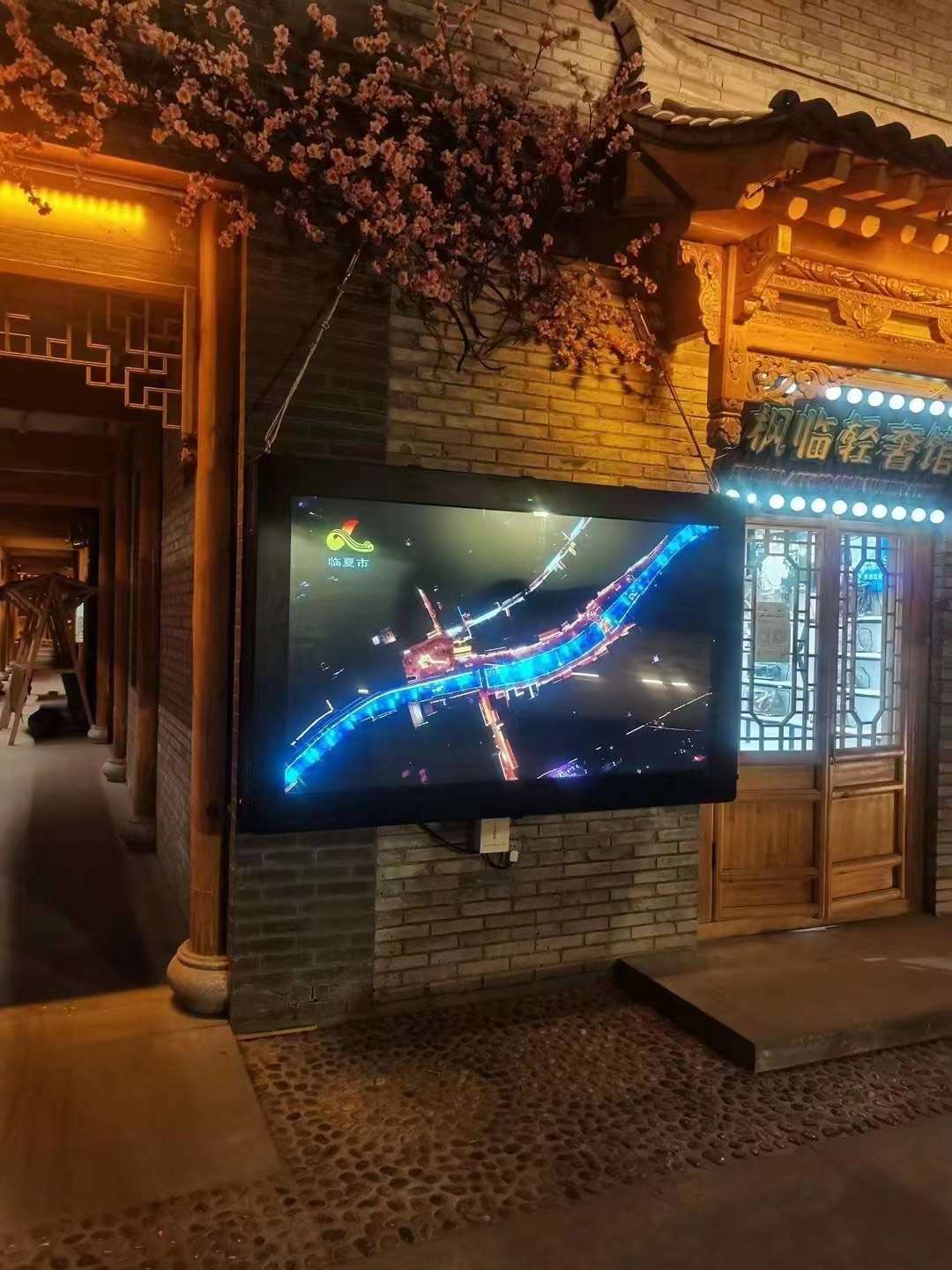What should I do if the outdoor LCD screen is prone to black screen when exposed to the sun?
The use of LCD screens outdoors is becoming more and more frequent and widespread. Outdoor electronic products face higher environmental challenges than indoor ones. There are many uncertain factors and force majeure factors outdoors. Therefore, the maintenance cost and risk of outdoor products are relatively high. The gap in outdoor-specific LCD products is slowly being filled, and the applicability of many newly developed products is increasing rapidly. To give a simple example, industrial-grade LCD screens have extremely high support in outdoor display. Let's talk about the benefits of industrial LCD.
There is a most straightforward problem in the outdoor environment, which is high temperature. As soon as summer comes, the failure rate of outdoor products increases, and the most direct cause of this phenomenon is high temperature. Excessive temperature will directly cause the display screen to go black, and many manufacturers are not professional enough in the heat dissipation of outdoor products, resulting in inappropriate temperature control in the chassis, thus affecting the overall product quality. We carefully analyzed some black screen cases, and it is not difficult to find that most of the machines that are prone to black screens use ordinary-level LCDs, which refer to LCDs with a temperature resistance value of 0-50°. We all know that outdoors, during the period of intense sunlight at noon, in a relatively sealed space, the temperature can easily exceed 50°. In addition, the components inside the display screen are constantly working and generating heat, and the temperature of the chassis will continue to rise. This is a test of the manufacturer's professionalism and technology in heat dissipation. If the heat dissipation system cannot stably control the temperature within the limited temperature resistance value of the screen at around 50°, the screen will appear black over a long period of time. If no adjustment is made, the LCD screen will completely stop or be completely scrapped due to high-temperature operation. Therefore, we urgently need industrial-grade LCD screens as substitutes. The temperature resistance range of industrial-grade LCD screens is higher than that of ordinary LCD screens. Generally, the temperature resistance range of -20-70° can be called industrial-grade LCD screens. It is most suitable to use industrial-grade LCD screens outdoors. The wider temperature resistance value can better adapt to the high temperature weather in summer, and the manufacturer can spend less effort on heat dissipation, saving a certain amount of cost. In addition to being superior in temperature resistance, industrial-grade LCD screens also have a longer lifespan than ordinary LCD screens. The backlight beads used in industrial LCD screens have a service life of up to 50,000 hours. Although industrial LCDs are more expensive than ordinary LCDs, the overall cost-effectiveness makes industrial LCD screens very worthwhile.

